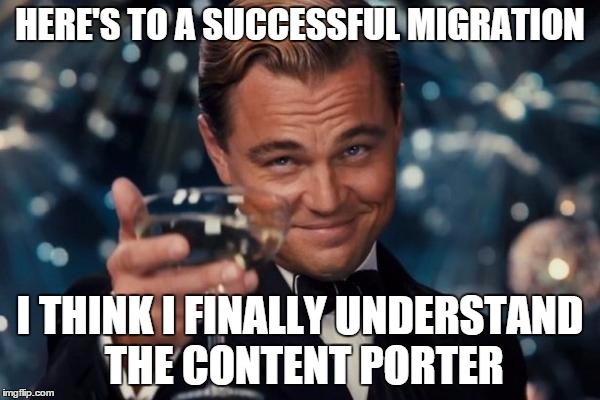My fellow Product Owners for SDL Tridion Sites have an interesting challenge to somehow understand and clarify the top community product ideas to size them for prioritization against everything else that will be in the Tridion Sites 9.1 release (scheduled for after Sites 9, if the version wasn’t clear).
My colleague Rick has been leading this effort and I’m doing my part to point out all the (many) channels we have in the community and ways to solicit feedback. Ironically, it’s hard to get feedback that we can use to actually understand and size a few of these ideas, especially after I’ve noticed everyone seems to have an idea.
Continue reading



 Released last week – the first step on a path to lower the barriers (time, cost, knowledge, lack of standardization) of implementing SDL Tridion. In this post I aim to give a short introduction, by highlighting what you should and should not expect from the Reference Implementation.
Released last week – the first step on a path to lower the barriers (time, cost, knowledge, lack of standardization) of implementing SDL Tridion. In this post I aim to give a short introduction, by highlighting what you should and should not expect from the Reference Implementation.